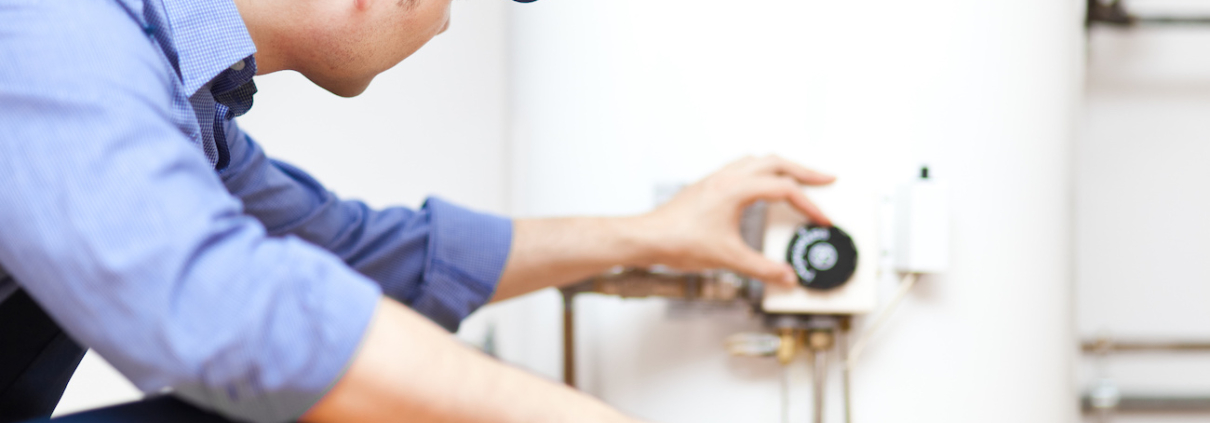What are the Most Common Plumbing Emergencies?
For homeowners, it is best to arm yourself with knowledge before jumping into a situation that may be best handled by a professional. Here are some of the most common issues:
Burst Pipes
 It’s no secret that the cold claws of winter can wreak havoc on older pipes. Age and fatigue can cause pipes to burst. This is one of the biggest problems that a plumber can get a call for.
It’s no secret that the cold claws of winter can wreak havoc on older pipes. Age and fatigue can cause pipes to burst. This is one of the biggest problems that a plumber can get a call for.
The more water that comes out at the source of the burst, the more damage will be done to your home. Flooding damage can be devastating to your home and your possessions. What’s worse is when a pipe bursts on an upper floor from a bathroom.
Then you not only face damage to your inner walls but potentially every floor below. In this case, gravity is not your friend. To minimize your risk of bursting pipes, have them checked by a professional plumber at least once a year.
You may not be able to prevent a pipe from bursting if it is fully concealed in a wall. In any case, know where your shut off valve is and share that information with other family members should a pipe burst when you are not at home.
Overflowing Toilet
 Let’s face facts. This happens in every home at one point or another. As plumbing problems go, this should be more of a DIY situation.
Let’s face facts. This happens in every home at one point or another. As plumbing problems go, this should be more of a DIY situation.
However, there are occasions when something is flushed down a toilet that should never be flushed down a toilet.
Those with toddlers will know what this means. If you happening to be present then an overflow happens, quick reflexes can sometimes prevail with a quick shut off of the valve behind the toilet.
You’ll breathe a sigh of relief as the water stops rising just before the brim. This is where the old saying, “Buy a plunger before you need a plunger.” comes in.
You have the water on the floor under control, now get your plunger and get plunging. If you had used old towels for the floor, bunch them up around the toilet.
If the water level is high enough, just the volume of the plunger itself will push more water onto the floor. You need to see the water drain quickly down into the bowl before attempting to turn the water back on. After several repeats of this process and the toilet is still not flushing properly, it may be time to call a plumber.
Blocked Drains
 Blocked or clogged drains are a close second when it comes to the most common plumbing problems in your home. Kitchen and bath drains often have different causes but the same outcome.
Blocked or clogged drains are a close second when it comes to the most common plumbing problems in your home. Kitchen and bath drains often have different causes but the same outcome.
Not all blockages completely stop the flow of water. You may notice that drainage has slowed over time and it has recently become bad enough that it prevents normal use of the sink or bathtub.
It is also worth mentioning that there is likely one drain in your home that seldom sees much use unless there is a problem and that is the one in your basement floor.
This is a different situation altogether and merits a call to a plumber if you have no experience with blockages to this part of the house. A blocked basement drain can be anything from debris collected in the drain over time, to roots that have grown through older clay pipe draining out to the sewage system.
Leaked Fixtures
 If the drip of a leaking faucet in the next room isn’t enough to keep you up at night, your next water bill might. Most fixtures in your home function in a similar way.
If the drip of a leaking faucet in the next room isn’t enough to keep you up at night, your next water bill might. Most fixtures in your home function in a similar way.
Pressure from the water line enters your home and through your faucets. When you turn these faucets off, a rubber or silicone washer seals the seat to stop the flow. These parts can fall to wear and decay over time and need to be replaced.
If the problem has been there for a prolonged period of time then the seat itself could be corroded. Although a ripped washer can often be replaced, these jobs often require special tools. You should proceed with caution as the problem could easily escalate and you may wind up replacing your fixture anyway.



